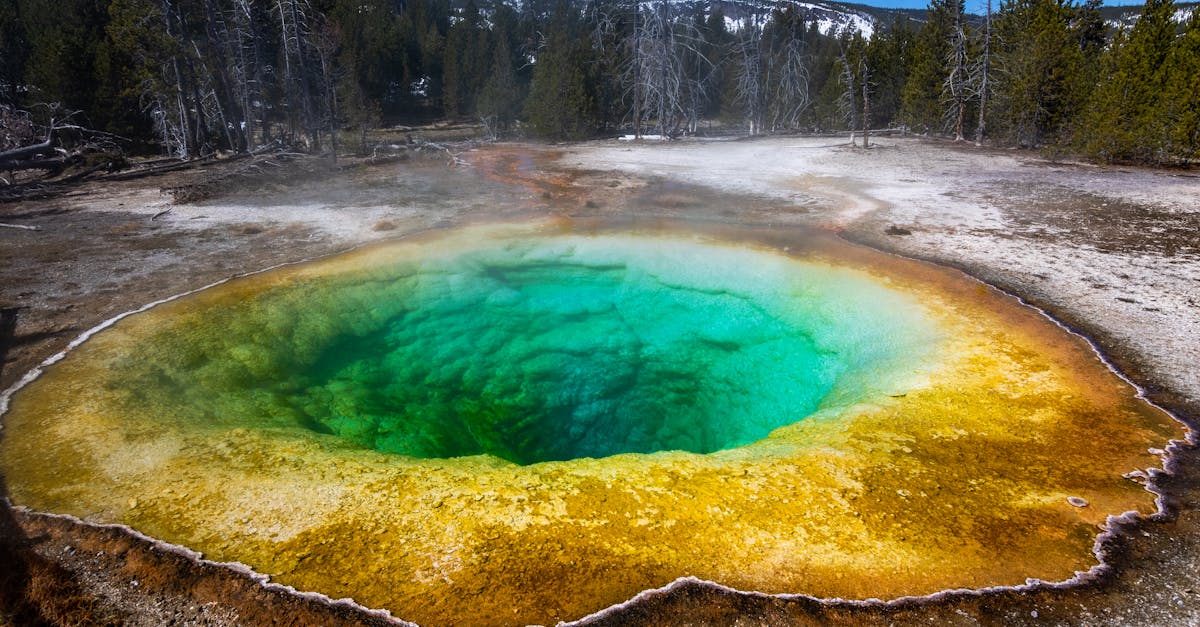
Table Of Contents
Flushing the Tank
Flushing the tank is a crucial step in the routine maintenance of a hot water system. Over time, sediment and minerals can accumulate at the bottom of the tank, reducing its efficiency and potentially causing damage. To flush the tank, first turn off the power supply to the hot water system and let the water cool down to a safe temperature. Once the water is cooled, attach a hose to the drain valve at the base of the tank and direct the other end to a drain or bucket. Open the drain valve and let the water flow out until it runs clear, indicating that sediment buildup has been effectively removed. This process helps in maintaining the longevity and performance of the hot water system.
Regular flushing of the tank is recommended as part of a comprehensive Hot Water System Maintenance routine. By removing sediment and buildup from the tank, you can ensure that the system operates efficiently and effectively. In addition to improving the system's performance, flushing the tank can also help prevent potential issues like blockages and damage to the heating elements. By incorporating this simple yet essential step into your regular maintenance schedule, you can prolong the life of your hot water system and ensure a reliable supply of hot water for your household.
Removing Sediment Buildup
To ensure proper functioning of your hot water system, regular maintenance is essential. One common issue that can arise in hot water systems is sediment buildup in the tank. Over time, minerals and debris can accumulate at the bottom of the tank, affecting the efficiency of the system and potentially causing damage. Therefore, it is crucial to address this sediment buildup as part of routine hot water system maintenance.
To remove sediment buildup in your hot water system, begin by turning off the power supply to the unit and allowing it to cool down. Next, connect a hose to the drain valve at the bottom of the tank and place the other end in a suitable drainage location. Open the valve and let the water flow out, carrying the sediment with it. It is recommended to repeat this process a few times until the water runs clear. This simple yet effective step can help improve the performance and longevity of your hot water system.
Testing Pressure Relief Valve
Testing the pressure relief valve is a crucial step in ensuring the proper functionality of your hot water system. Begin by locating the valve on the storage tank; it is usually a lever or a small handle on the side of the unit. Lift the lever slightly to allow some water to escape through the discharge pipe. This action helps you verify that the valve is working correctly and that water flows freely through it.
After testing the pressure relief valve, it’s important to check for any leaks around the valve or the discharge pipe. Leaks can indicate a malfunction in the valve or other issues within the system. If you notice any leaks, it is advisable to contact a professional plumber for further inspection and repairs. Regularly testing and maintaining the pressure relief valve as part of your Hot Water System Maintenance routine can help prevent potential safety hazards and extend the lifespan of your hot water system.
Releasing Excess Pressure
Releasing excess pressure is a crucial step in ensuring the proper functioning of your hot water system. To do this, start by locating the pressure relief valve on your system. This valve is typically found on the side of the tank and is a vital safety feature. Carefully lift the lever on the valve to allow excess pressure to escape. You should hear a slight hissing sound as the pressure is released. Be cautious during this process, as hot water may also be expelled along with the excess pressure.
Regularly releasing excess pressure is an important part of hot water system maintenance. By performing this task, you help prevent potential damage to the system and ensure its longevity. Remember to only release excess pressure when necessary, as overdoing it can negatively impact the system's overall performance. Make it a habit to include this step in your regular maintenance routine to keep your hot water system running smoothly.
Insulating Pipes
Insulating Pipes
Insulating pipes is a crucial step in ensuring the efficient operation of your hot water system. By adding pipe insulation, you can prevent heat loss and maintain the temperature of the water as it travels through the pipes. This not only helps in lowering your energy bills but also ensures a consistent supply of hot water throughout your home.
Proper insulation also helps in preventing pipes from freezing during colder months, which could lead to potential damage and costly repairs. When insulating pipes as part of your Hot Water System Maintenance routine, make sure to choose the appropriate insulation material that suits your specific needs and the climate in which you reside.
Adding Pipe Insulation
Adding pipe insulation is a crucial step in ensuring proper Hot Water System Maintenance. Insulating pipes helps in retaining heat within the system, which can lead to energy savings by reducing heat loss. It also helps in preventing pipes from freezing during colder months, which can result in costly damages. When adding insulation to the pipes, ensure that there are no gaps or areas left uncovered to maximize the efficiency of the hot water system.
Proper insulation of pipes can also enhance the overall performance of the hot water system by reducing heat loss as water travels from the heater to the faucets. It not only aims to maintain the water temperature but also ensures that hot water reaches the taps with minimal heat loss along the way. By investing the time to add insulation to the pipes, homeowners can improve the efficiency of their hot water system and potentially lower energy bills in the long run.
FAQS
Why is it important to service a hot water system?
Regular servicing helps maintain the efficiency and longevity of the hot water system, ensuring it functions properly and avoids potential breakdowns.
How often should I service my hot water system?
It is recommended to service your hot water system at least once a year to keep it in optimal working condition.
Can I service my hot water system myself?
While some maintenance tasks can be done by homeowners, it is advisable to have a professional plumber service the hot water system to ensure proper inspection and maintenance.
What are the signs that indicate my hot water system needs servicing?
Signs that your hot water system needs servicing include strange noises, inconsistent water temperature, rusty water, or leaks around the tank.
How long does it take to service a hot water system?
The time taken to service a hot water system can vary depending on the extent of maintenance required, but typically it can take a few hours to complete the servicing process thoroughly.





























